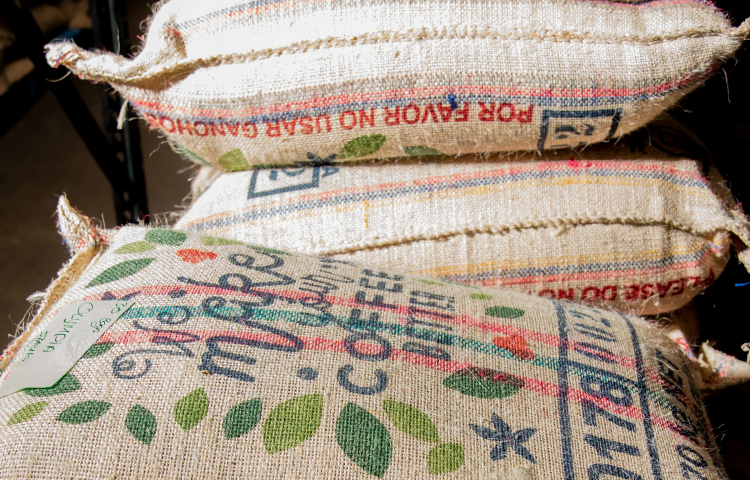Several years ago, when home espresso was still in its infancy, we had a spirited discussion with a few different coffee roasters about how freshness impacts your coffee’s flavor, and the concept of ‘freshness’ is often confounding. Using coffee with a roast date and not a best-by date bridges the experience of cafè and home baristas. Now, it’s time to revisit how coffee is made, what seasonality in coffee means, and how it impacts freshness.
Getting the Most out of Your Coffee
As a consumer of specialty coffee, we gauge the freshness of a particular coffee by looking for the roast date of the coffee bag. A visible roast date generally indicates that the roaster, with great skill and care, produces a quality coffee to maximize its flavor profile. To get the most out of your coffee, we recommend brewing within 2-3 weeks of opening the coffee bag and storing the beans in an airtight container away from direct sunlight. Using the roast date as a benchmark is essential because once the coffee is roasted, it can begin degrading and losing its flavor and aroma, making coffee delicious.
Purchase Different Coffee Origins with the Changing Seasons
A roast date isn’t the only way to measure coffee’s freshness. Since the coffee bean is the seed of a fruit-bearing tropical shrub, coffee is a seasonal crop that only grows in certain places and during certain times of the year. While we usually think of coffee as a ubiquitous product that’s always available, raw (green) coffee has a limited shelf life to get the best flavor experience possible. While un-roasted green coffee is more stable than roasted coffee, it can also lose its freshness over time.
Where Does Coffee Come From?
Let’s go back to the basics and briefly talk about where coffee comes from, how it’s produced, and how these variables affect the longevity of a coffee’s lifespan.
- Coffee thrives in a tropical climate, so it usually grows best in countries near the equator. You’ll find that coffee can come from Central and South America, Eastern Africa, the Arabian Peninsula, the Pacific Islands, and South East Asia.
- Depending on the growing region, coffee plants bloom, fruit matures, and is ready for harvest at different times of the year.

- After the coffee fruit called “cherries” are harvested, they must be processed to remove the skin, fruit, and outer layers before being dried. This process can take a few weeks up to a month.

- After the coffee seeds or “beans” are dried, they are stored for a few months to stabilize and then shipped overseas to the US in containers, adding at least a month of transit time.
The Importance of Seasonality & Coffee Origin
Countries south of the equator usually harvest in April, May, June, and July, and those coffees will start hitting shelves in November and December at the earliest. However, countries north of the Equator tend to harvest in November, December, January, and February. Those coffees will arrive in the US to be roasted in the early summer months, like May, June, and July. These are more generalizations than strict guidelines, as every year has different circumstances that can alter the production timeline.
Some countries, like Kenya and Colombia, are exceptions to the rule since both countries have two harvest times per year, often called Fly Crop or Mitaca. It usually takes at least six months from when coffee is harvested, processed, dried, and shipped before it will be roasted and offered by one of our MistoBox Roasters.
Since each country and regional areas differ, these coffees will often come in waves throughout a season rather than all at once. Once a roaster dials in the perfect profile and releases a new coffee, the remainder of the green coffee can be stored for up to 5 or 6 months before it begins to degrade, and you will see a noticeable loss of flavor from the coffee.
Summertime is the Best Time for Fresh Coffees
Over time, the coffee can take on what roasters call baggy, tired, or stale flavors like cardboard. These older coffees are generally called past crop and will lack the vibrancy and depth of flavor the coffee had when it first arrived from its origin. Summer is a particularly great season of the year for fresh-crop coffees. New arrivals from Ethiopia, Kenya, and Central America have recently landed on US shores, and their bright, citrusy, and often fruity profiles match the season perfectly.

